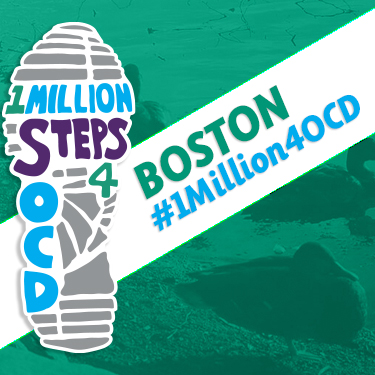written by Kellie Smith
I will never forget the first time I looked in the mirror and thought that I no longer resembled a human being. When I looked at my face I saw something atrocious, something that needed to be hidden. I was 16 years old and was unaware that I was experiencing my first symptoms of body dysmorphic disorder (BDD).
However, I was no stranger to my mind playing tricks on me. When I was three years old I became infected with an autoimmune disorder known as PANDAS (Pediatric Autoimmune Neuropsychiatric Disorders Associated with Streptococcal Infections) which triggered a severe onset of OCD that stole my life before it had really even begun. The majority of my childhood was spent in various doctors’ offices and under the influence of an ever-changing cocktail of psychiatric medication. Yet I remained consumed by a panic and hopelessness that left me feeling suicidal throughout my youth.
BDD and OCD are truly the perfect storm and in many ways the two disorders went hand in hand for me. My OCD had me believe that my body was disgusting and contaminated. My BDD confirmed this and added that my face was grotesque — disfigured, even. My OCD tortured me with sexual and violent intrusive thoughts and my BDD chimed in, “Only someone as repulsive as you could think something like that.”
The onset of my BDD at 16 was a horrifying new dimension to my OCD that left me more debilitated than ever, and I completely ceased to function. I dropped out of school and dedicated my waking hours to compulsions that grew more and more absurd. I cut off contact with everyone in my life and stopped leaving the house. My relationship with my family was in ruins. Eventually I couldn’t leave my room, or my bed, or even look at myself. I relied on sleeping pills constantly — being awake was just too painful. During this time I became increasingly suicidal and spent time in psychiatric facilities and programs that did little to ease my suffering. At 17 years old I had all but given up on life. My illnesses had stolen everything that made it meaningful.
Somehow, in the midst of my despondence, a small, hopeful thought took hold in my mind and began to grow: There has to be something more than this. Even in my darkest days there was a part of me that refused to believe that this tortured existence was all that a person suffering from BDD could obtain — there had to be something more. I let myself wonder what my life could look like without my illnesses holding me back. I began to wonder what was waiting for me on the other side of fear.
That’s when I started to research BDD and OCD treatment and discovered the IOCDF and their many resources. I learned that, as I suspected, the two disorders had many parallels and often coincided. I was shocked and disappointed that I learned more in one internet search than I did in all of the years I was receiving psychiatric treatment. But I was also relieved beyond words that help did indeed exist.
In April of 2017 my life changed forever. I was 18 years old and I was admitted to the Obsessive Compulsive Disorder Institute (OCDI) at Mclean Hospital in Massachusetts. I spent three months in their residential treatment program and eventually returned for two more stays in the following years. At the OCDI I received the life-saving treatment for my BDD that I so desperately needed in the form of exposure and response prevention (ERP), in which I exposed myself to my worst fears so that I could habituate to the anxiety that took place without performing rituals. This process was long and painful. There were so many times that hopelessness reigned and I felt that I couldn’t continue. Thankfully, I had an incredible treatment team who helped me tackle my ERPs one at a time. I also had the support of my fellow patients who knew exactly what I was going through and with whom I created a tight knit bond.
Today I can say that I have a life worth living and I want other people living with BDD to know that they can, too. Of course I still have BDD and OCD. There are still days when I give in to my compulsions more than I resist them and there are still days when I try to hide my face from the world. But, thanks to my continued ERP and medications my symptoms are far more manageable and these days occur less frequently. I’ve been able to rebuild my life and fill it with the things that matter to me.
I want to share my story because I know first hand how hopeless it can feel when BDD takes over your life, but I also know how freeing it is when you fight to get it back. I want to share my story because there are far too many people silently suffering at the hands of this illness, unaware that there is so much more in store for them. But most of all, I want to share my story because I spent years wondering what was on the other side of fear and I now know the answer: My life. And what a beautiful life it is.

